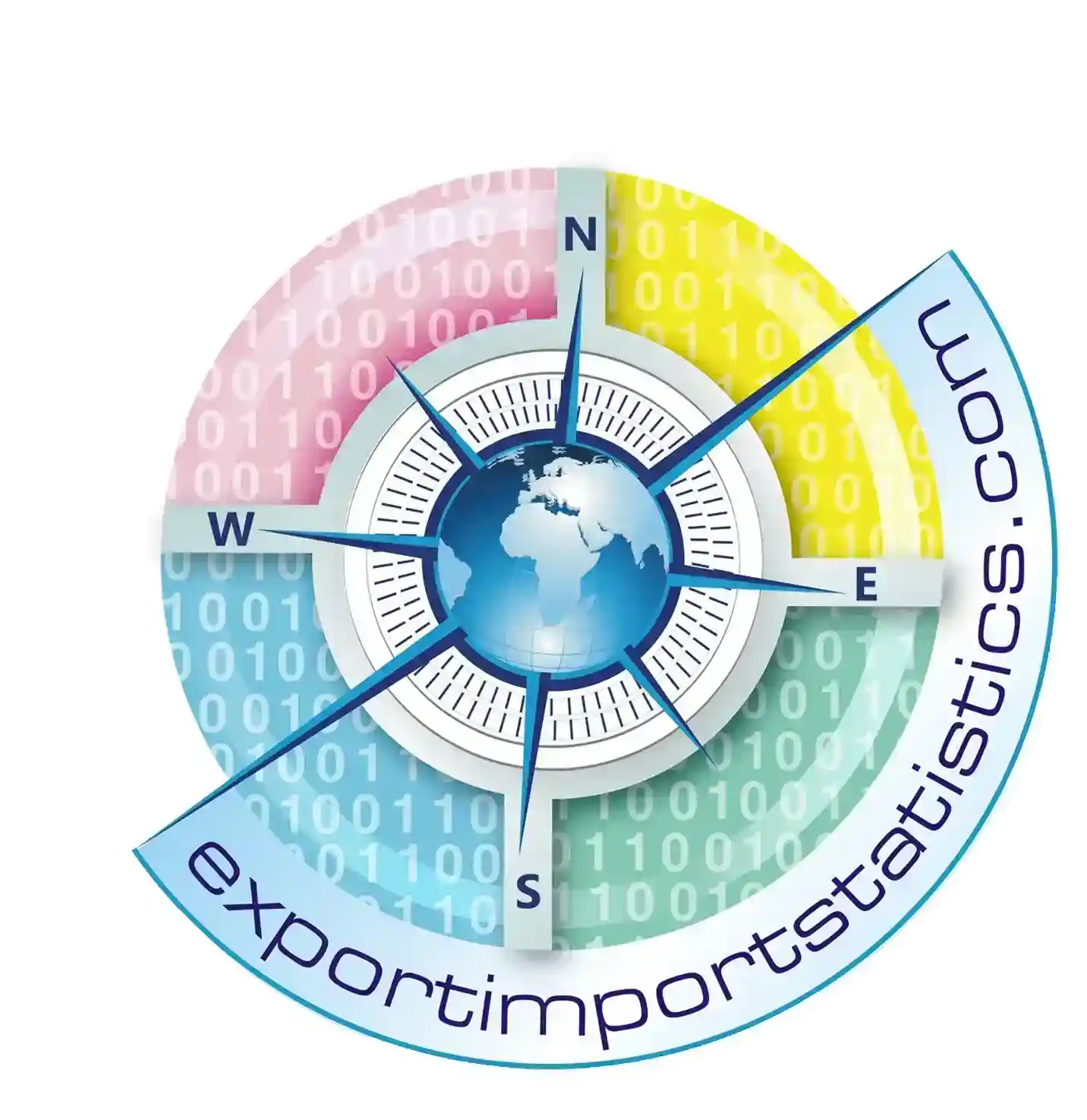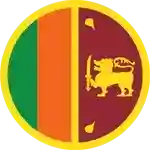Sri Lanka
-- Democratic Socialist Republic of Sri Lanka --
Sri Lanka officially the Democratic Socialist Republic of Sri Lanka, is an island country in the northern Indian Ocean off the southern coast of the Indian subcontinent in South Asia; known until 1972 as Ceylon , Sri Lanka has maritime borders with India to the northwest and the Maldives to the southwest.
Sri Lanka has a documented history that spans over 3000 years. Its geographic location and deep harbours made it of great strategic importance from the time of the ancient Silk Road through to World War II.Sri Lanka is a diverse country, home to many religions, ethnicities and languages. It is the land of the Sinhalese, Sri Lankan Tamils, Moors, Indian Tamils, Burghers, Malays, Kaffirs and the aboriginal Vedda. Sri Lanka has a rich Buddhist heritage, and the first known Buddhist writings were composed on the island.
In antiquity, Sri Lanka was known to travellers by a variety of names. Known in India as Lanka or Sinhala, ancient Greek geographers called it Taprobane and Arabs referred to it as Serendib. Ceilão, the name given to Sri Lanka by the Portuguese when they arrived in 1505, was transliterated into English as Ceylon. As a British crown colony, the island was known as Ceylon; it achieved independence as the Dominion in 1948.
-- Economy --
In the 19th and 20th centuries, Sri Lanka became a plantation economy, famous for its production and export ofcinnamon, rubber and Ceylon tea, which remains a trademark national export. The development of modern portsunder British rule raised the strategic importance of the island as a centre of trade. From 1948 to 1977 socialismstrongly influenced the government's economic policies. Colonial plantations were dismantled, industries were nationalised and a welfare state established. In 1977 the Free market economy was introduced to the country, incorporating privatisation, deregulation and the promotion of private enterprise.
While the production and export of tea, rubber, coffee, sugar and other commodities remain important, industrialisation has increased the importance of food processing, textiles, telecommunications and finance. The country's main economic sectors are tourism, tea export, clothing, rice production and other agricultural products. In addition to these economic sectors, overseas employment, especially in the Middle East, contributes substantially in foreign exchange. Politics.
-- Politics --
Sri Lanka is the oldest democracy in South Asia. The first election under the universal adult franchise, held in June 1931, was for the Ceylon State Council. For administrative purposes, Sri Lanka is divided into nine provinces and twenty-five districts. Current politics in Sri Lanka is a contest between two rival coalitions led by the centre-leftist and progressivism United People's Freedom Alliance (UPFA), an offspring of Sri Lanka Freedom Party (SLFP), and the comparatively right-wing and pro-capitalist United National Party (UNP). Sri Lanka is essentially a multi-party democracy with many smaller Buddhist, socialist and Tamil nationalist political parties. As of July 2011, the number of registered political parties in the country is 67.[169] Of these, the Lanka Sama Samaja Party (LSSP), established in 1935, is the oldest.
-- Trade in Sri Lanka --
Major exports of Sri Lanka : Tea (14%), Women's suits, not knit (7%), Men's suits, not knit (5%), Women's undergarmnets (4%), Brassieres and parts thereof, not knit (4%)
Major imports of Sri Lanka : Petroleum oils, refined (11%), Petroleum oils, crude (6%), Cars (5%), Knit or crochet fabric, width <30 cm>5% elastomer (4%), Woven fabrics of cotton of < 85% weighing > 200 g/m2 (3%)
Major trade partners of Sri Lanka (Exports) : United States (20%), United Kingdom (12%), Germany (6%), Italy (6%), India (5%)
Major trade partners of Sri Lanka (Imports) : India (20%), China (14%), Singapore (9%), Japan (6%), Iran (6%)


